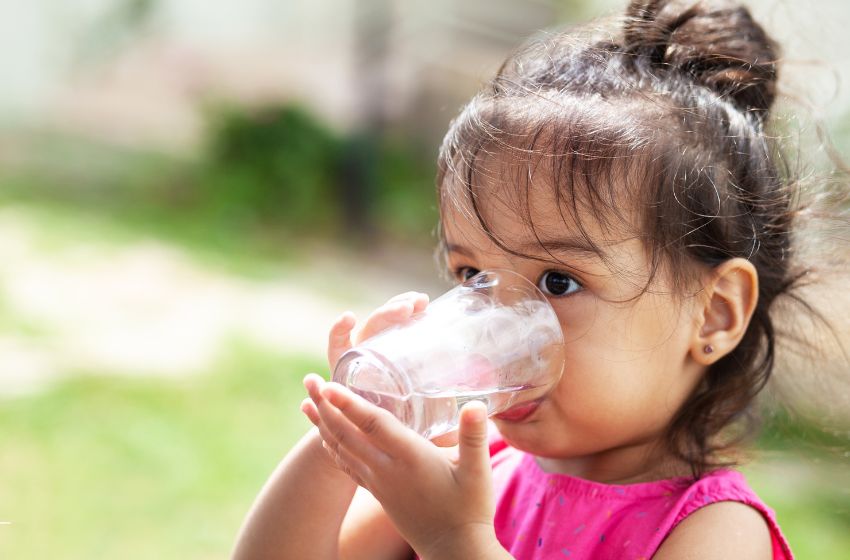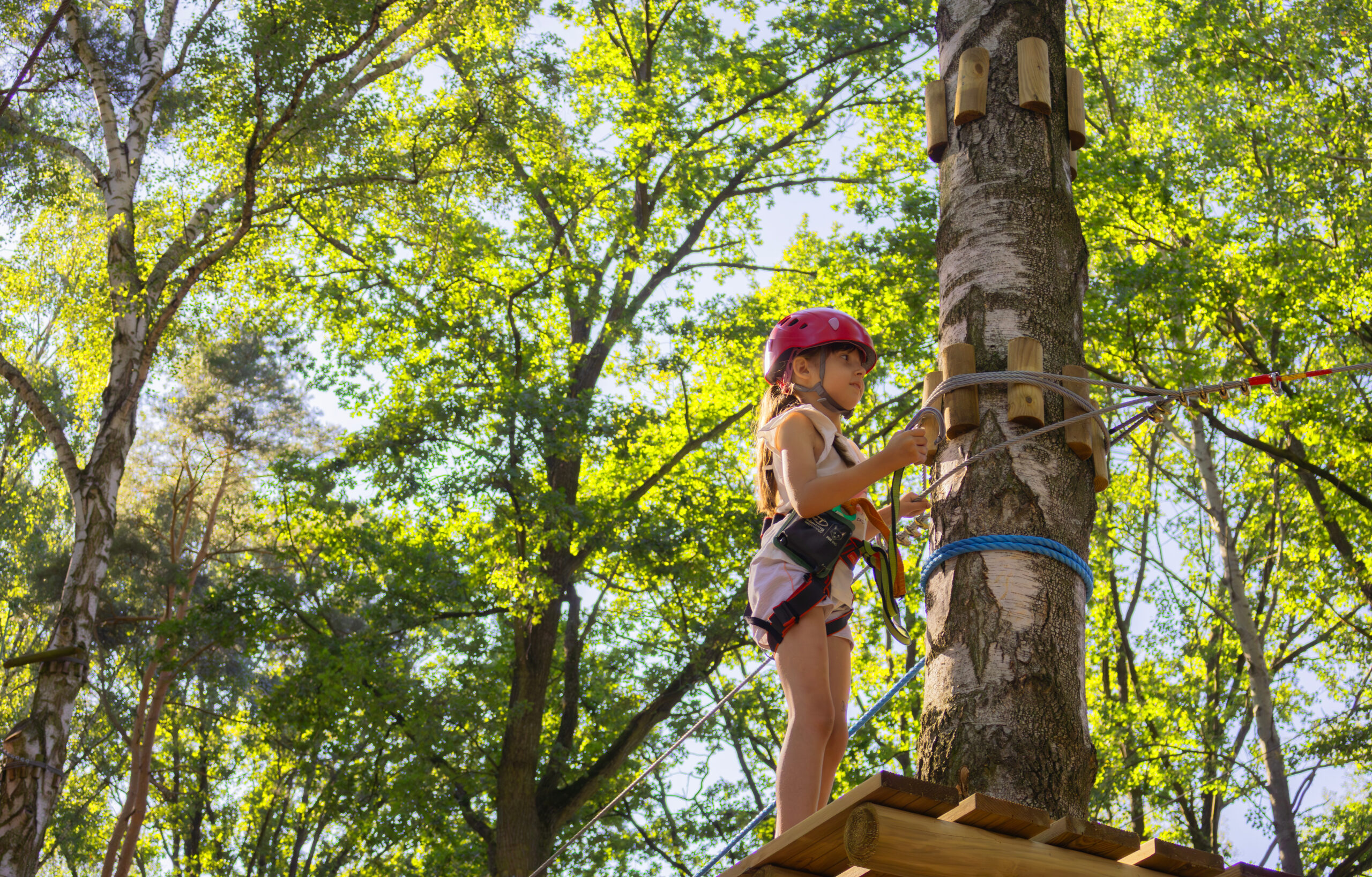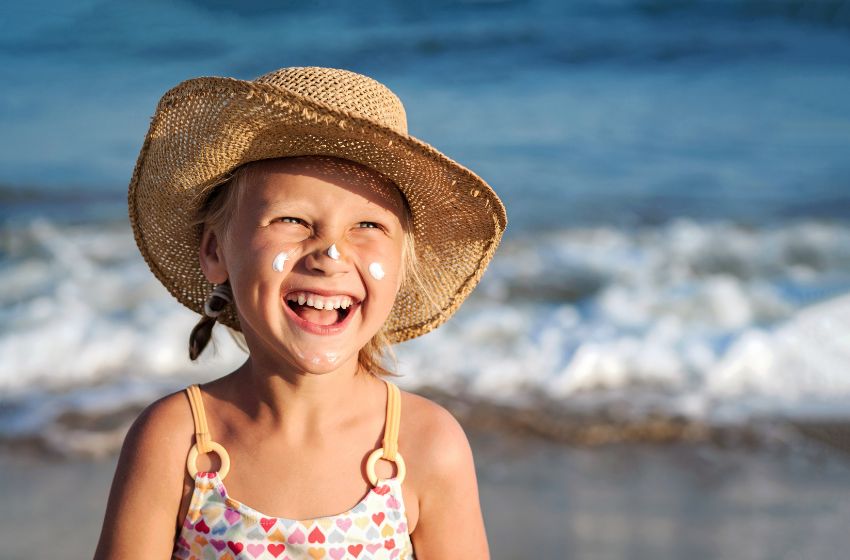6 Things to Know About Heat and Children in the Summer
It’s one of our favourite times of year—summer brings sunshine, freedom, and long days full of possibility. For children, it’s a chance to play, explore, and connect with nature in a different rhythm than the school year allows.
Summer in Spain means long, sunny days and plenty of time spent outdoors—whether it’s at the beach, the park, or simply on the terrace. While it’s tempting to stay out all day, especially with children eager to explore, the heat demands extra care. Young children are more vulnerable to high temperatures because their bodies are still developing and less efficient at regulating heat.
Of course, some time indoors is part of a healthy summer rhythm too. If you’re looking for ideas to keep children engaged at home during the hottest hours of the day, check out our blog on Montessori-inspired indoor activities. But when it comes to enjoying the outdoors, especially trips to the beach, here are six essential things to keep in mind to help your child stay safe and comfortable in the summer sun.
1. Hydration

Children need regular hydration throughout the day, even if they don’t feel thirsty. Offer water frequently and avoid sugary drinks like juice or soft drinks, which can contribute to dehydration. A child-friendly water bottle they can carry themselves supports independence and helps them develop awareness of their own needs. For flavour, try infusing water with slices of cucumber or berries. Fresh fruit like watermelon or oranges can also boost hydration and provide a refreshing snack at the beach.
2. Dress for the Weather
Lightweight, loose-fitting clothes made from breathable fabrics like cotton or linen help regulate body temperature. A wide-brimmed hat and UV-protective sunglasses add extra protection for sensitive skin and eyes. Opt for bright-coloured swimwear when heading to the beach—neon or high-contrast colours are easier to spot in the water.
3. Avoid Peak Heat Times

Plan outdoor activities for the cooler parts of the day—early morning or late afternoon. Between 11am and 4pm, the sun’s rays are strongest. If you’re heading to the beach or pool, seek out shaded areas and make use of umbrellas, tents, or natural shade to give children a break from direct sun exposure. Protective beach shoes can also prevent burns from hot sand and surfaces.
4. Watch for Signs of Overheating
Look for signs such as flushed skin, rapid breathing, irritability, or unusual tiredness. These may indicate heat exhaustion. Move your child to a cool area, offer water, and use a damp cloth on their skin to help them cool down.
5. Sunscreen is Essential

Choose a broad-spectrum sunscreen with SPF 30 or higher and apply it generously to all exposed skin at least 20 minutes before going outside. Reapply every two hours or after swimming or sweating. For families who prefer more natural options, look for mineral-based sunscreens with zinc oxide or titanium dioxide. These sit on the skin’s surface rather than being absorbed, offering effective protection without synthetic chemicals. Always check that natural sunscreens are suitable for children and provide UVA/UVB coverage. Don’t forget often-missed spots like ears, feet, and the back of the neck—and always check the expiration date. Sunscreen stored in hot places (like beach bags) may degrade faster.
6. Water Safety

Heading to the beach and swimming pool is a summer highlight for many families, but it comes with its own safety considerations:
- Bright Swimwear: Choose neon or brightly coloured swimsuits that are easy to spot in the water.
- Water Watchers: Designate a responsible adult to supervise water play at all times, rotating every 15–30 minutes to stay alert.
- Shade Breaks: Bring a beach tent or parasol to give little ones a shaded place to rest, hydrate, and reapply sunscreen.
- Hot Surfaces: Sand and boardwalks can get scorching—test before barefoot play and use beach shoes to protect small feet.
Being sun-smart doesn’t mean missing out. With the right habits and a little preparation, children can safely enjoy everything a Mediterranean summer has to offer—from sandy toes and salty swims to garden adventures and evening strolls.









